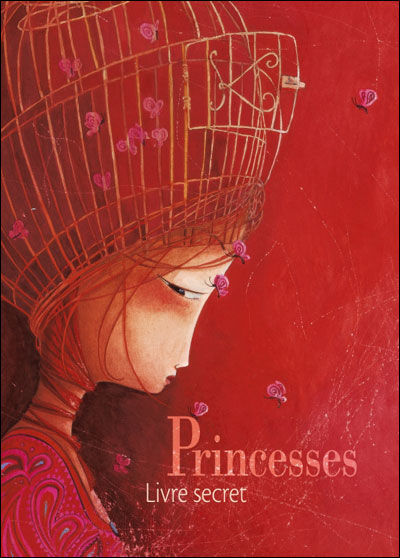Let's continue with the almost too wide and open subject of colors which we have already explored a week ago. I would like to talk now about a way to create the exact color you need (for those of us who do not like rough approximations), a technique which helped me a lot when I worked in restoration and retouch.
What exactly is restoration about? It consists of integrating small missing pieces in frescoes and paintings through the use of new colors that are as close as possible to the ones used in the original work or at least the ones we believe to have been used. If the missing portion is too wide, you need a different technique though and generally you would choose the rigatino technique, but this is a quite off topic in this tutorial.
Also off topic would be answering to the question of why exactly I was working there in the first place, so let's just say that restoration is a valid branch of fine arts you can learn a whole lot from.
Anyways, our goal is to choose the color which most closely matches the original color. Often, the original colors do not have the same brightness as the colors you can prepare on your palette and obviously the way the original colors must have looked when they first used, due to the natural wear and tear caused by time and weather. Another issue could be that the colors' tone seem to be opaque in a way that we cannot exactly match with the colors we have. What should we do?
A quick solution is to add, for example, a small drop of a complementary color to our way to bright and shiny color. I happened to buy a green color which ended up being quite far from what I planned to buy. I wanted a "natural" green to paint leaves with and even though I went to the store with a neutral green in mind (not too yellow, not too blu), the green I bought is actually a very cold and artificial green, similar to the artificial color they use for mint flavored candies. It is a very bright green, but adding a little bit of amaranth red made toned it down just the way I wanted.
Of course, it needs a keen eye and a lot of practice to get it right, but this advice, which I received from my boss at that time, has always been useful.
Another little insider tip, useful to get the naturally pure yet very transparent watercolors to be more "candy"-like, consists of using "Giallo Napoli" (very light yellow, almost white, verging on pink).
If you add some "Giallo Napoli" to electric blue, you will end up with a cobalt blue with a warm yet light color tone thanks to the yellow component used. Do not worry about turning it into green: if you do not add too much of it, it will not turn the blue into green even though it is called Naples Yellow after all.
If you want to exercise yourself with re-creating a specific color, go ahead and experiment: take for example a color photograph from a magazine,
cut away or rip off some pieces of the picture and paste the picture onto a white sheet of paper (in this case I made some holes with my scissors and the ripped the page off),
and then I tried to paint the missing parts of the picture to make sure the holes are not visible anymore.
It is always best to check the color only after it is fully dry when dealing with gouache because it could get lighter than you expect. Please forgive my practical example if the colors do not match the original color exactly: I did not have enough time and I did not wait for the paint to dry and you can see how this affected the results. Anyways, the basic points behind this technique are the ones I mentioned before, the challenge for the artist is to get as close as possible to the specific color we want or need to reproduce.
This week's video might not have much to do with this topic, but it served its purpose to show the various shades of green I was able to obtain by properly mixing some red (leaf on the right) to the "wrong" green (first leaf on the left).
To view the previous tutorials click HERE.

















